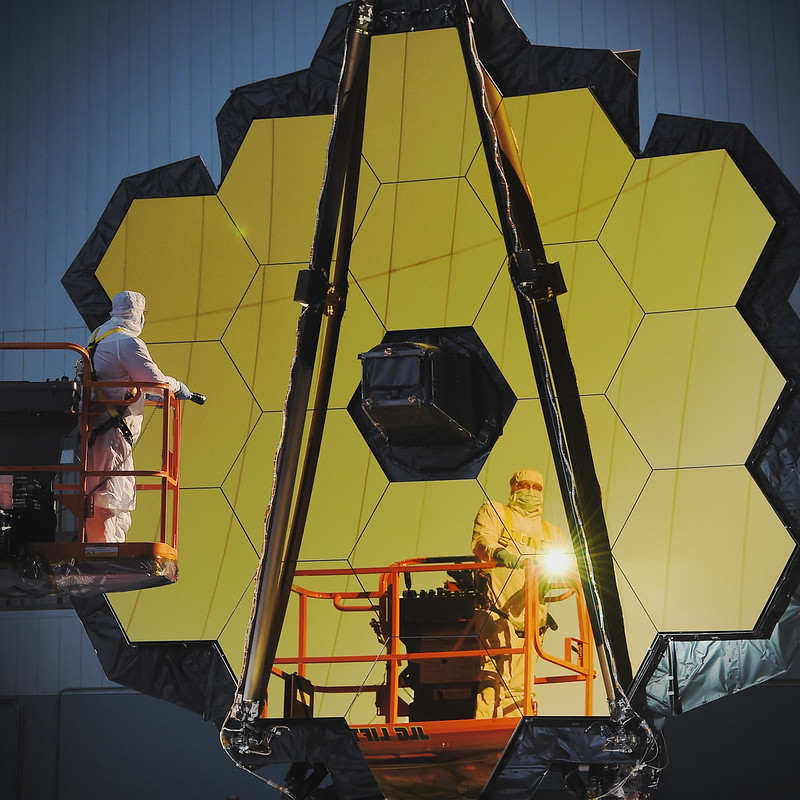Between May 23 and 25, NASA’s James Webb Space Telescope encountered an impact on one of its primary mirror segments. after examining the impact, the Webb team reported that the telescope is still operating at a level that exceeds all mission expectations despite the marginal impact. According to NASA, NASA’s Webb will continue to encounter small meteoroid impacts throughout its lifespan in space and is still fully capable of performing the science it was built to perform. Webb’s primary 6.5 meters mirror is engineered to withstand impacts from its area along with its orbit around the L2 point from small dust particles moving at extremely high speeds.
Paul Geithner, technical deputy project manager at NASA’s Goddard Space Flight Center in Greenbelt, Maryland, stated:” We always knew that Webb would have to weather the space environment, which includes harsh ultraviolet light and charged particles from the Sun, cosmic rays from exotic sources in the galaxy, and occasional strikes by micrometeoroids within our solar system”. The Webb team created and designed the James Webb Space Telescope with performance that specializes in optical, thermal, electrical, and mechanical to ensure James Webb Space Telescope will perform exceptionally well even after many years in space.
NASA’s Webb’s ability to sense and adjust mirror positions allows partial corrections towards the result of small rock impacts. Engineers adjusting the position of the affected primary segment can cancel out a section of the distortion. By using this method, the effect of any impact Webb experiences will become minimized, and engineers have already adjusted the affected primary mirror segment named C3 and thus will continue to fine-tune this correction.
Even though NASA’s Webb Space telescope recently got impacted by small micrometeoroids, Webb’s operational schedule has remained unchanged.

